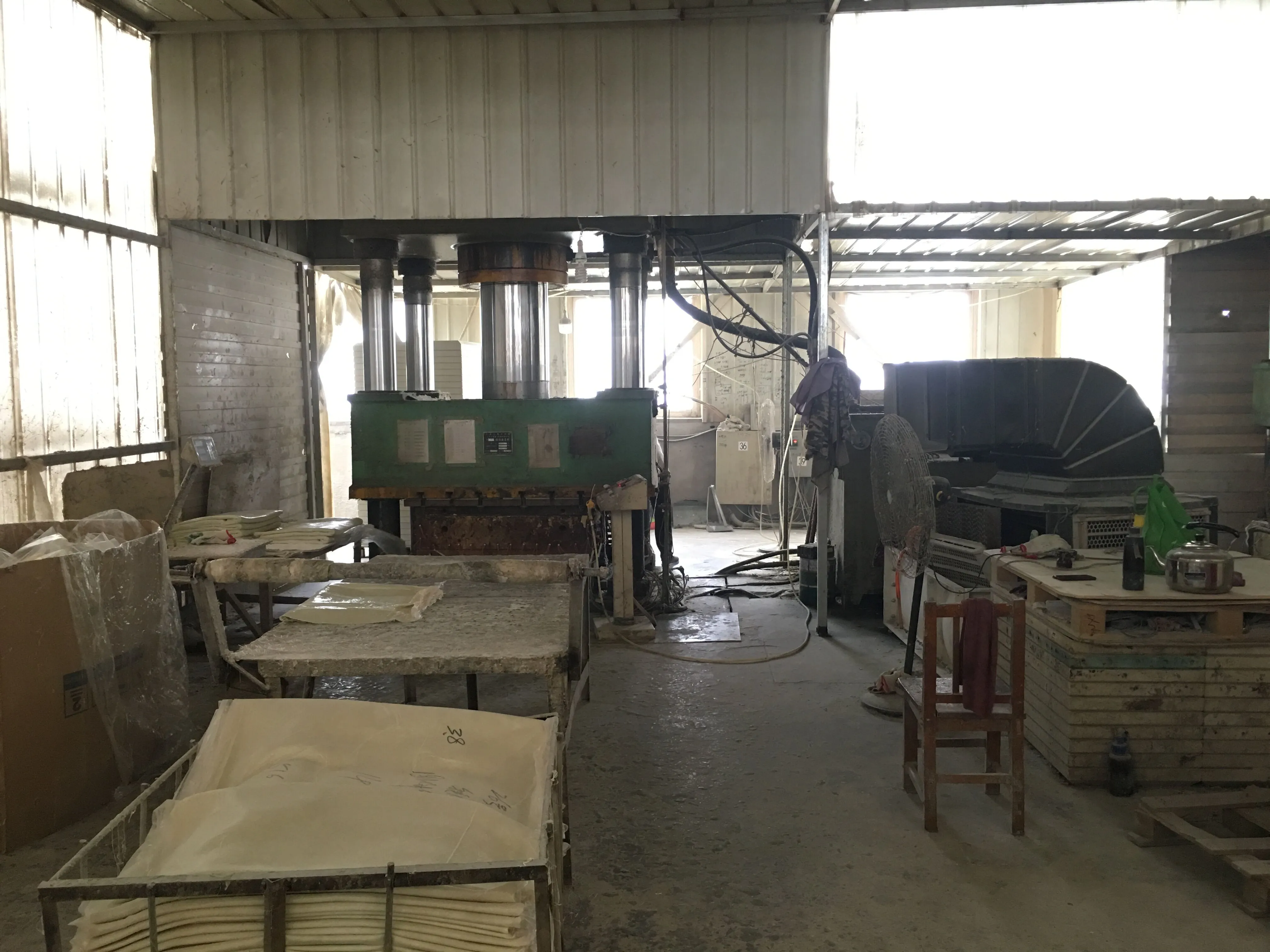loading...
- No. 9, Xingyuan South Street, Dongwaihuan Road, Zaoqiang County, Hengshui, Hebei, China
- admin@zjcomposites.com
- +86 15097380338
- Welcome to visit our website!
gfrp grating
Understanding GFRP Grating Attributes, Applications, and Advantages
Glass Fiber Reinforced Polymer (GFRP) grating is an innovative composite material that combines the strength of fibrous glass with the flexibility and durability of plastic polymers. This fusion results in a lightweight yet robust product, making GFRP grating increasingly popular in various industries. In this article, we will explore the unique properties, applications, and benefits of GFRP grating.
Properties of GFRP Grating
GFRP grating is characterized by its exceptional strength-to-weight ratio, corrosion resistance, and low maintenance requirements. The fiberglass reinforcement gives the grating mechanical strength while ensuring it remains lightweight, which is particularly advantageous in applications where load management is crucial. Additionally, GFRP grating is resistant to harsh environmental conditions, including chemicals, moisture, and UV light. This resistance makes it an excellent choice for outdoor environments and areas prone to corrosive substances.
Moreover, GFRP grating provides safety benefits, including non-slip surfaces and low electrical conductivity, making it ideal for use in environments where electricity and water may coexist. The customizable design allows for various configurations, including different mesh sizes and thicknesses, tailored to specific load-bearing needs.
Applications of GFRP Grating
GFRP grating is utilized in a diverse range of applications across various sectors. In the industrial realm, it is frequently employed in chemical processing plants, wastewater treatment facilities, and oil and gas industries. Its ability to withstand corrosive environments without deteriorating makes it a popular choice for walkways, platforms, and containment areas.
gfrp grating

The construction and architecture industries have also embraced GFRP grating for its aesthetic appeal and functional benefits. It is utilized in flooring systems, balconies, and staircases, providing not only strength but also a modern and sleek appearance. Additionally, its lightweight nature simplifies installation processes, reducing labor costs and construction time.
Furthermore, GFRP gratings increase safety in these environments. They are designed to meet stringent regulatory standards, minimizing the risk of slips and falls. Their bright colors and options for visibility enhancement contribute to safer working conditions.
Advantages of GFRP Grating
The advantages of GFRP grating extend beyond its physical properties. One of the most significant benefits is its cost-effectiveness in the long run. Although the upfront investment may be higher than traditional materials like steel or wood, the durability and low maintenance requirements lead to cost savings over time.
Moreover, GFRP grating is environmentally friendly. Its production involves less energy compared to traditional materials, and its longevity reduces the need for frequent replacements, minimizing waste. As industries increasingly prioritize sustainability, GFRP grating presents a viable solution that aligns with eco-friendly practices.
In conclusion, GFRP grating is an exemplary material that offers a unique combination of strength, durability, and versatility. Its wide-ranging applications, coupled with its significant advantages, position it as a key player in industries seeking effective and sustainable solutions. As technology continues to advance, the potential applications for GFRP grating will likely expand, making it an exciting area for future exploration and development.
-
Transform Your Spaces with FRP Grating SolutionsNewsNov.04,2024
-
The Versatility and Strength of FRP RodsNewsNov.04,2024
-
The Excellence of Fiberglass Water TanksNewsNov.04,2024
-
The Benefits of FRP Grating for Your ProjectsNewsNov.04,2024
-
Elevate Your Efficiency with FRP Pressure VesselsNewsNov.04,2024
-
Welcome to the World of FRP Pressure VesselsNewsOct.12,2024
-
Unveiling the Future of Filtration: Why FRP Filter Vessels are a Game ChangerNewsOct.12,2024
